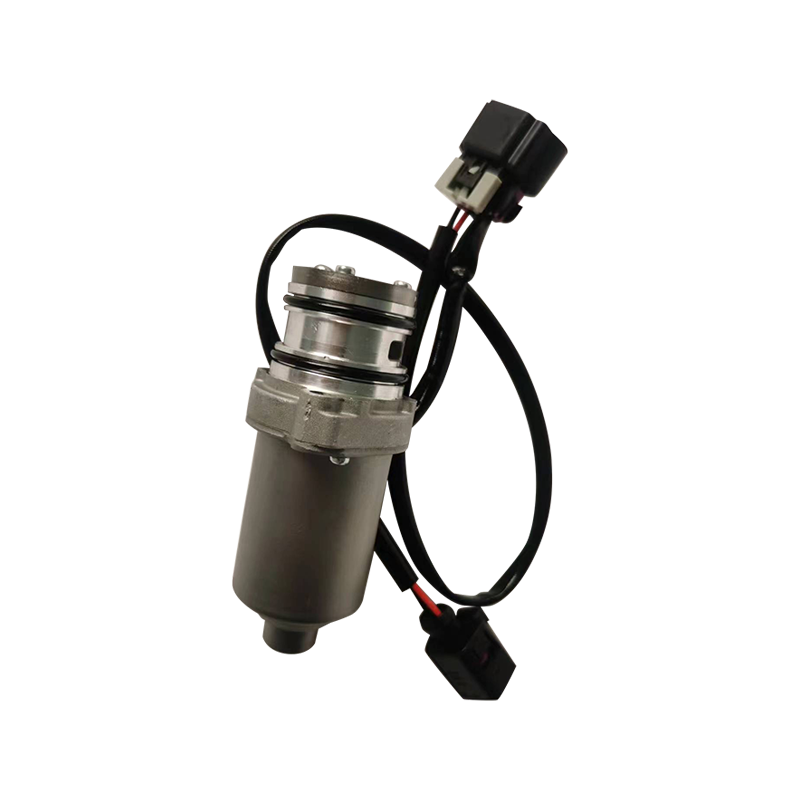BT001 Honda Accord Windshield Wiper Motor
Power Voltage 12V DC, 35W No-load Current Low speed ≦1.5A, high speed ≦2.0A No-loa...
View MoreWhy Flow Control Accuracy Matters in Oil Transfer Systems
In many industrial and commercial settings, precise fluid delivery is essential for operational efficiency, equipment protection, and process consistency. The Oil Pump Motor plays a critical role in this context, as it directly affects how consistently and accurately oil is moved through pipelines, machinery, or processing units. High flow control accuracy ensures that the motor delivers oil at the required rate and pressure, helping to avoid under-lubrication, overflows, or process variability. Therefore, understanding how accurately an Oil Pump Motor can regulate flow is vital for system optimization.

Motor and Pump Integration for Accurate Output
Flow control in oil pumping systems is not determined by the motor alone, but rather by the integrated performance of the motor and the pump it drives. The motor must provide smooth, consistent rotation that aligns precisely with the operational demands of the pump, whether it’s a gear pump, screw pump, or vane pump. For applications where precise dosing or continuous flow is required, the motor’s speed stability and torque output directly influence the flow rate accuracy. Any fluctuation in motor performance—due to voltage instability, load variation, or mechanical inefficiencies—can result in inconsistencies in oil delivery.
Use of Variable Frequency Drives for Precision Control
A key factor enhancing the accuracy of an Oil Pump Motor in flow regulation is the use of variable frequency drives (VFDs). By allowing precise speed control of the motor, VFDs enable users to adjust the oil flow rate dynamically in real time. This is especially beneficial in systems where flow demand changes frequently or needs to be fine-tuned for sensitive equipment. VFDs also contribute to smoother acceleration and deceleration, which helps avoid pressure spikes or flow interruptions. Motors paired with VFDs can typically maintain flow rate deviations within a very narrow margin, increasing reliability in critical processes.
Sensor Feedback and Closed-Loop Systems
Advanced systems often utilize sensor feedback to further refine flow accuracy. Pressure sensors, flow meters, and temperature monitors can be integrated with the motor controller to create a closed-loop system. In such setups, real-time data is used to adjust motor speed and torque, compensating for any changes in oil viscosity, backpressure, or system load. This feedback mechanism significantly enhances the Oil Pump Motor’s ability to maintain precise flow, especially in complex or variable operating environments where manual adjustments would be insufficient or too slow.
Factors That Can Affect Flow Control Precision
Despite technological advancements, several factors can still affect the flow control accuracy of an Oil Pump Motor. Inaccurate calibration of sensors or controllers may cause incorrect flow adjustments. External influences such as oil contamination, wear and tear in pump components, or unstable power supply can also impact consistency. Furthermore, if the motor is oversized or undersized relative to the system requirements, it may operate inefficiently, resulting in poor flow regulation. Regular maintenance, proper system sizing, and the use of high-quality control components are essential to preserving accuracy over time.
Conclusion: Technology and Integration Drive Flow Control Accuracy
The flow control accuracy of an Oil Pump Motor depends on more than just motor quality—it relies on a combination of motor design, control systems, real-time monitoring, and proper application matching. When equipped with tools like variable frequency drives and integrated sensor feedback, these motors can achieve good precision in oil delivery, even under varying operational conditions. For industries that depend on stable, controlled fluid movement, investing in an accurate and well-integrated pumping system is a crucial factor in ensuring process efficiency and long-term reliability.